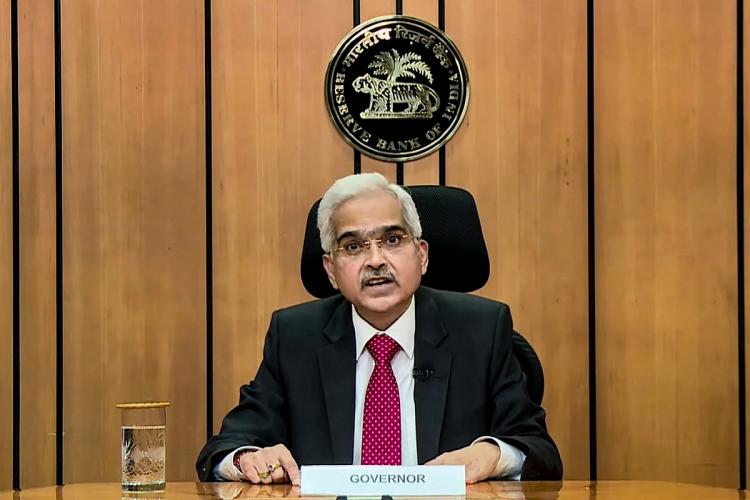The Reserve Bank of India (RBI) on August 5, 2022, raised the repo rate by 50 basis points (bps) to 5.4 per cent, taking it above the pre-pandemic levels of 2020, as has been speculated in a while. This is the third time that the RBI has raised the repo rate in a span of few months, by a huge 140 bps in three months, to be precise. One bps equals 0.01 percentage point.
Buy Prime Test Series for all Banking, SSC, Insurance & other exams
“The most likely scenario is that the impact of the rate hike will be passed on by the banks to the deposit rates,” Shaktikanta Das, governor, RBI said. “Already the trend has started, quite a few banks have hiked their deposit rates and that trend will continue. When there is a credit offtake, obviously the banks can sustain and support that credit offtake only if they have higher deposits. They cannot be relying on central bank money on a perennial basis to support credit offtake.
It’s Consequences:
A hike in repo rate leads to a corresponding hike in interest as well as deposit rates. The repo rate is essentially the rate at which the RBI lends to banks and lending institutions. Now, the real estate sector, which was reeling under the double whammy of the pandemic-induced lockdown and lower buyer interest on account of factors, such as job losses, has given a mixed reaction to the hike in repo rate, saying that buyer sentiment could rise in the high-end segment, but could dip in the affordable housing category.
Recent Hike:
The Reserve Bank of India increased the repo rate by 50 basis points, taking it above the pre-pandemic levels. Now, experts believe it could affect buyer sentiment in the mid-housing segment as banks are likely to increase home loan rates, though the demand won’t be affected much in the luxury segment.




 Which is the Highest Desert in the World...
Which is the Highest Desert in the World...
 U-19 Asia Cup Schedule 2025: Full List o...
U-19 Asia Cup Schedule 2025: Full List o...
 U-19 Asia Cup 2025, Vaibhav Suryavanshi ...
U-19 Asia Cup 2025, Vaibhav Suryavanshi ...







